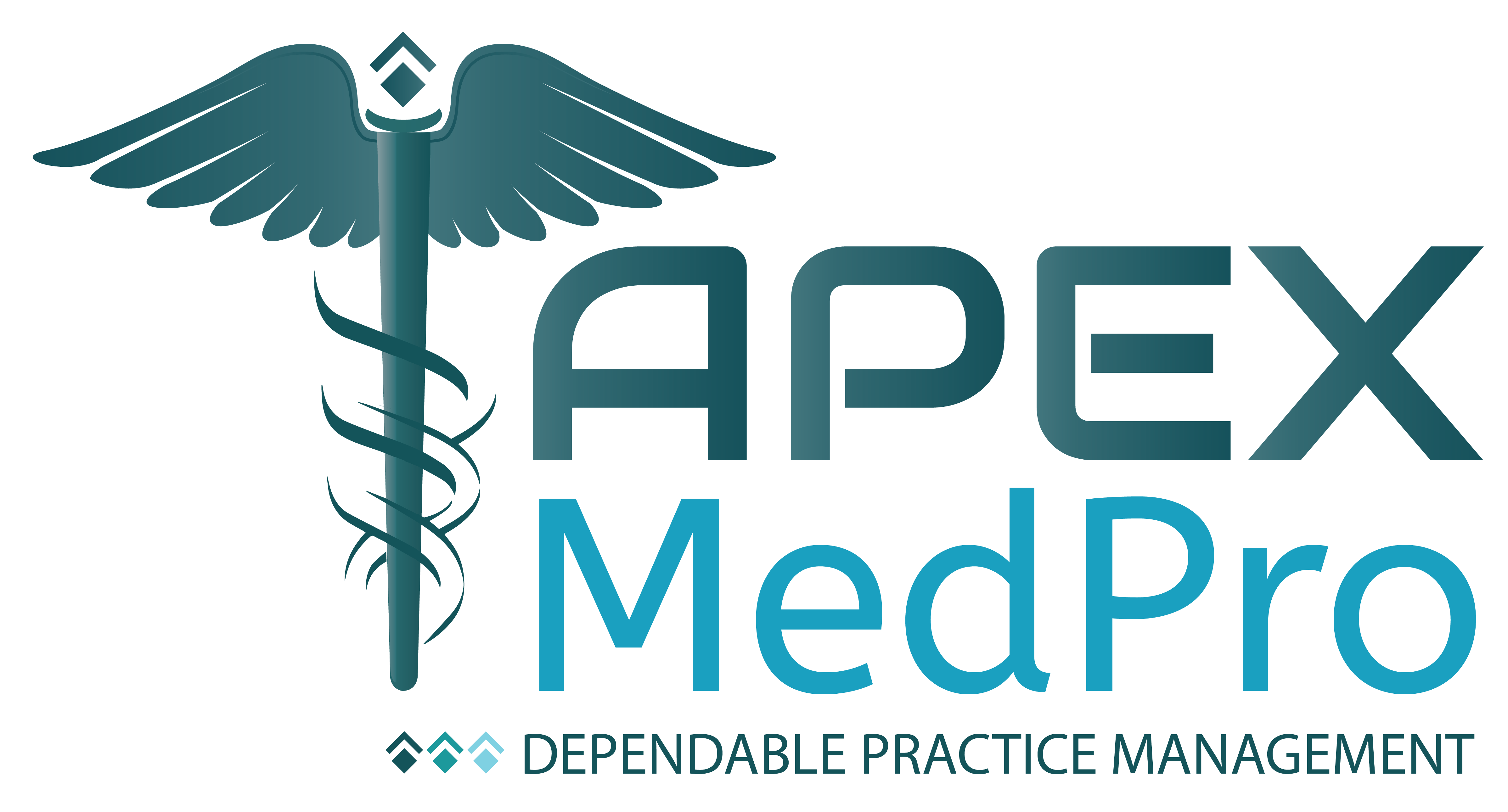Hospitals are having a difficult time earning net revenue due to the majority of bad debt coming from patients with insurance.
Patient collection rates at hospitals declined and bad debt increased when out-of-pocket bills reached $7,500, according to a report from Crowe Revenue Cycle Analytics (Crowe RCA).
The report reflects data from more than 1,400 hospitals across 47 states through 2021.
The firm found that self-pay after insurance accounts were responsible for nearly 60 percent of patient bad debt in 2021, compared to 11 percent in 2018.
In art and photography, the “vanishing point” is the point at which two lines converge, meeting at the horizon line and suggesting three-dimensional space. In hospital revenue cycles, the vanishing point is $7,500.
That’s the dollar amount at which hospitals have great difficulty collecting patient balances, according to new findings from public accounting, consulting and technology firm Crowe. Beyond $7,500, collectability drops off significantly.
Data through calendar year 2021 has uncovered some trends that place greater strains on providers’ ability to collect self-pay patient service revenue. And as sudden operational cost pressures – including nursing shortages and higher wages – frustrate hospital financial leaders, an inability to collect all expected revenue further challenges razor-thin operating margins.
One of the leading sources of this net revenue challenge is bad debt – write-offs associated with patient balances that are deemed uncollectible after significant efforts by the provider. Whereas most of the bad debt in the past was attributed to uninsured patients, the majority of bad debt now is associated with patients with insurance, the research showed.
Self-pay after insurance accounts for almost 58% of bad debt. At the same time that patients without insurance seem to have greater access to charity care, the increased number of high-deductible health plans (HDHPs, also termed “catastrophic” insurance) has changed the makeup of what it means to have health insurance coverage.
For most hospitals, the change just means they have to collect more from the patient.
WHAT’S THE IMPACT?
Self-pay-after-insurance patients – the deductible amount and/or the residual amount due from the patient after insurance payment – represented nearly 60% of patient bad debt in 2021, a five fold increase in just three years. This metric has been on the rise since HDHPs have proliferated in the market, and 2021 marked the first time that self-pay-after-insurance accounts were the leading source of bad debt for hospitals.
Meanwhile, the proportion of total patient statements with balances of more than $7,500 has more than tripled since 2018, up to 17.7%. Balances greater than $14,000 nearly quadrupled from 4.4% in 2018 to 16.8% in 2021.
This increase creates new challenges for providers to collect higher balances that are more difficult for patients to pay, either prior to services or during the typical 120-day collection window after the insurance balance has been resolved.
The percentage of patients with health insurance who paid their out-of-pocket bill plunged to about 55% in 2021 from 76% in 2020.
These trends compound the difficulties for hospitals. Due to labor scarcity, there are fewer experienced personnel navigating increasingly complex insurance coverage, at the same time that out-of-pocket costs for patients continue their dramatic rise.
THE LARGER TREND
The highest-performing revenue cycle operations at hospitals and health systems have been able to maintain their higher collection rates on larger balances through a combination of targeted analytics and resource segmentation.
For example, some successful hospitals and health systems have separated their self-pay revenue cycle teams into three squads: one for low-dollar accounts (typically less than $1,000), one for medium-dollar accounts ($1,000 to $5,000) and one for large-dollar accounts (more than $5,000). Such data-driven specialization leads to better collection results.
Given these trends in self-pay claims and collection, the healthcare industry likely will see more direct patient-to-hospital negotiations for complex medical care, more consumer financial companies offering payment plans on behalf of patients, and more sophisticated models for hospitals to align their already thin workforce to patients who have the means to pay their out-of-pocket expenses, the research found.
Source: Healthcare Finance News

